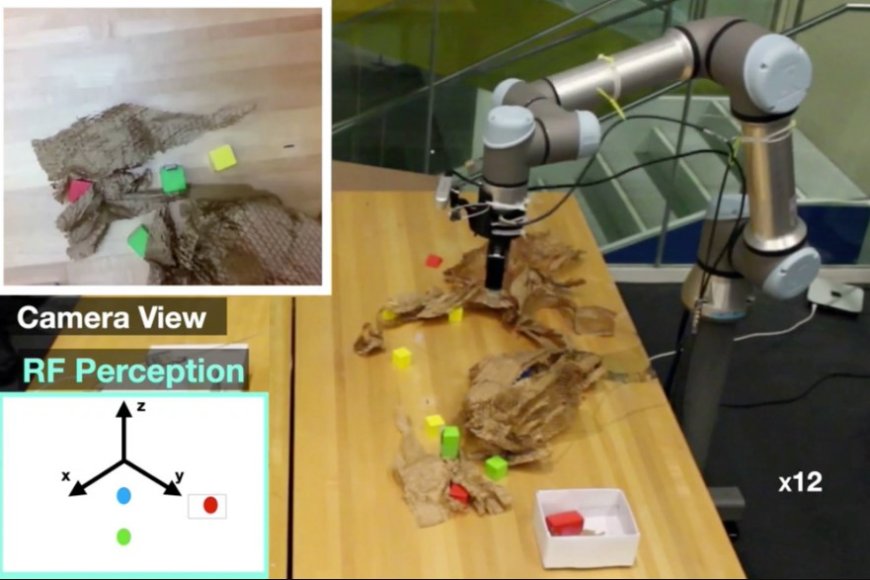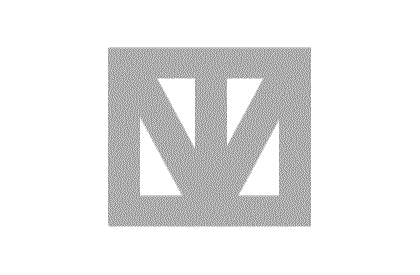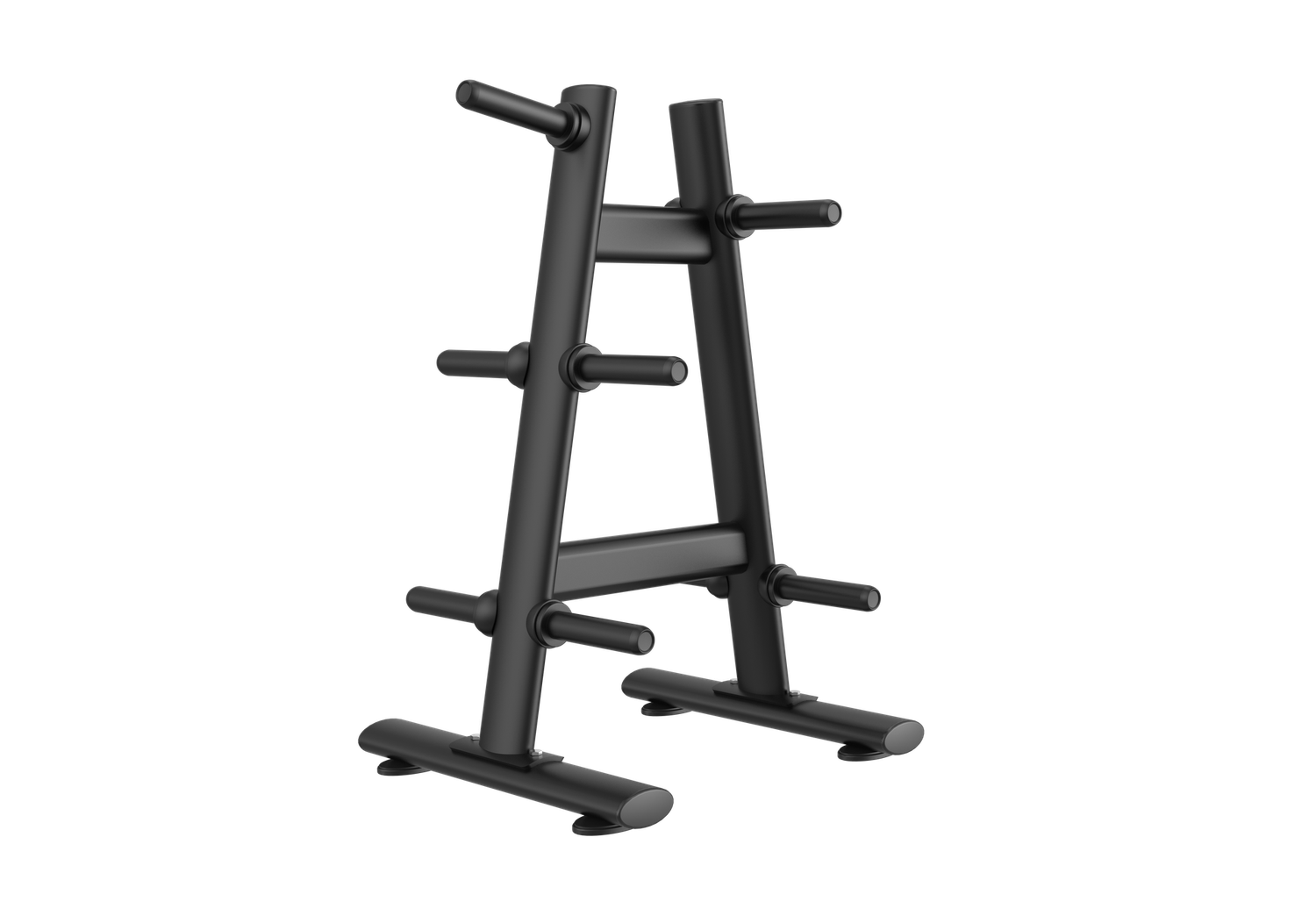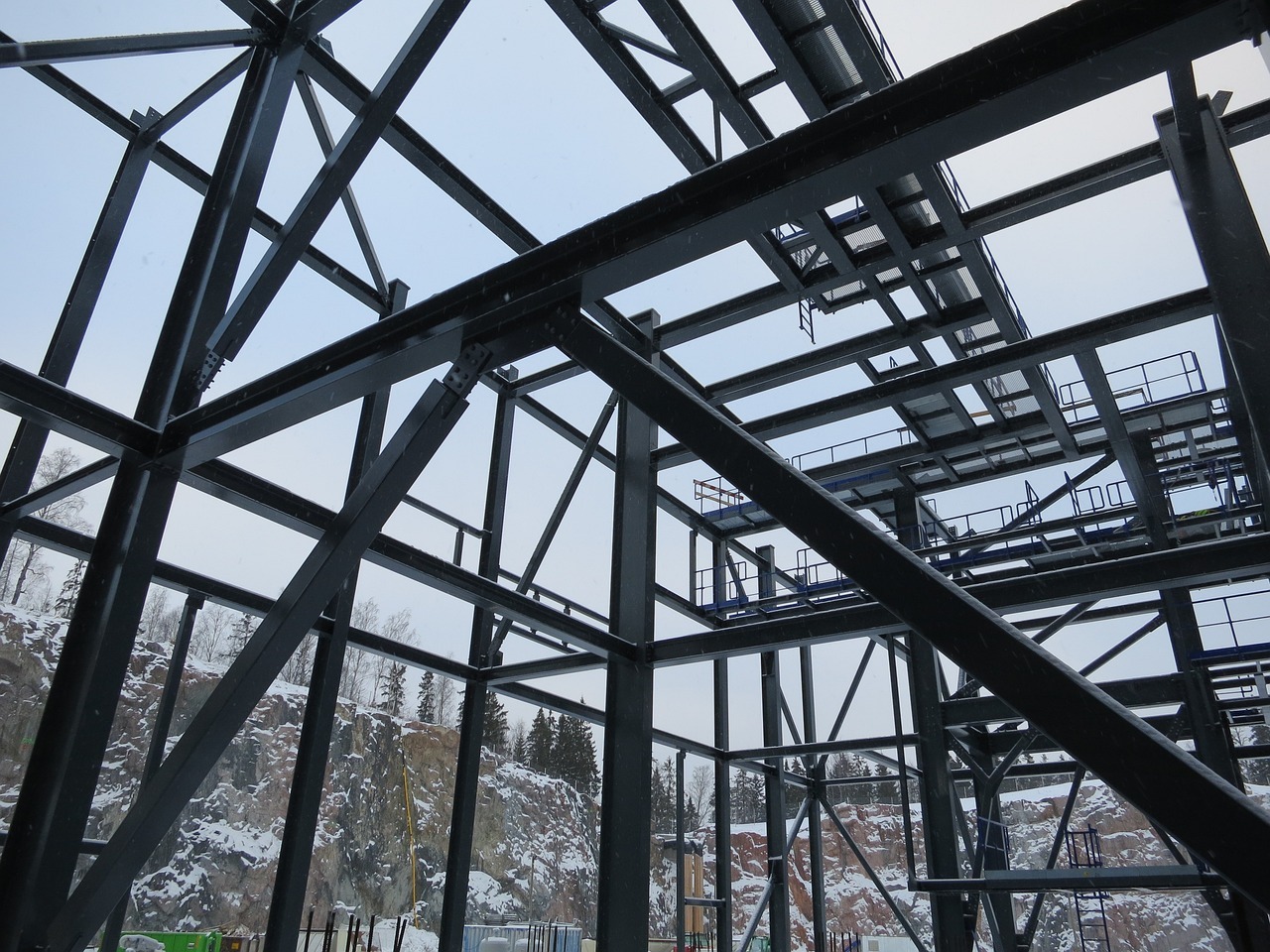Object Tracking in Robotics: An In-Depth Exploration
This article delves into the intricacies of object tracking in robotics, exploring its underlying principles, technologies, applications, and future directions.

In the ever-evolving field of robotics, object tracking stands out as a critical technology that has revolutionized how robots interact with their environments. Object tracking in robotics refers to the ability of a robot to detect, identify, and follow objects in its vicinity. This capability is fundamental for a variety of applications ranging from industrial automation and autonomous vehicles to healthcare and entertainment. This article delves into the intricacies of object tracking in robotics, exploring its underlying principles, technologies, applications, and future directions.
Understanding Object Tracking
Object tracking is the process of locating a moving object over time using a camera. This involves detecting the object in each frame of a video sequence and establishing correspondence between objects in consecutive frames. The core challenge in object tracking is to maintain the identity of objects across different frames despite changes in appearance, occlusions, and varying environmental conditions.
Key Concepts in Object Tracking
-
Detection: The initial step involves identifying objects of interest within a scene. This can be achieved using various methods such as background subtraction, feature-based detection, or deep learning-based approaches.
-
Classification: Once detected, objects are classified into predefined categories. This is crucial for applications where different types of objects require different handling procedures.
-
Tracking: After detection and classification, the object is continuously monitored across frames. This involves predicting the object's future position and updating its location as new frames are processed.
-
Data Association: This involves linking detections across frames to maintain the object's identity. Techniques such as the Hungarian algorithm, Kalman filters, and particle filters are commonly used for data association.
Technologies and Algorithms in Object Tracking
Several technologies and algorithms have been developed to facilitate object tracking in robotics. Some of the prominent ones include:
-
Kalman Filter: A popular method for predicting the state of a linear dynamic system from a series of noisy measurements. It is widely used in robotics for real-time object tracking.
-
Particle Filter: An advanced technique that represents the probability distribution of an object's state using a set of particles. It is particularly useful for non-linear and non-Gaussian systems.
-
Deep Learning: Convolutional Neural Networks (CNNs) and Recurrent Neural Networks (RNNs) have significantly improved object tracking performance. Techniques such as Single Shot Multibox Detector (SSD) and Region-based Convolutional Neural Networks (R-CNN) are extensively used for object detection and tracking.
-
Optical Flow: This method involves computing the motion of objects by analyzing the changes in pixel intensities between consecutive frames. It is particularly effective for tracking objects in dynamic environments.
-
AprilTags: AprilTags are visual fiducial systems used for robust and reliable detection and identification of objects. These tags are similar to QR codes but optimized for accurate tracking. They are widely used in robotics for tasks that require precise localization and identification, such as robotic navigation and manipulation.
Applications of Object Tracking in Robotics
Industrial Automation: In manufacturing, robots equipped with object tracking capabilities can efficiently manage assembly lines, handle materials, and perform quality control. For instance, a robot can track components on a conveyor belt, pick them up, and assemble them into a final product.
Autonomous Vehicles: Object tracking is essential for the safe operation of autonomous vehicles. It enables the detection and tracking of pedestrians, other vehicles, and obstacles, ensuring smooth navigation and collision avoidance.
Healthcare: In medical robotics, object tracking plays a crucial role in surgeries and patient monitoring. Robots can track surgical instruments and assist surgeons with precision. Additionally, tracking patients' movements helps in providing better care and rehabilitation.
Entertainment: Object tracking is widely used in the entertainment industry for creating interactive experiences. Robots can track performers and props on stage, enhancing the overall production value.
Challenges in Object Tracking
Despite significant advancements, object tracking in robotics faces several challenges:
-
Occlusion: Objects often get partially or fully occluded by other objects, making it difficult to track them accurately.
-
Appearance Changes: Variations in lighting, scale, and orientation can alter the appearance of objects, complicating the tracking process.
-
Real-time Processing: Achieving real-time performance is crucial for many robotic applications, but it requires substantial computational resources and efficient algorithms.
-
Multiple Object Tracking (MOT): Tracking multiple objects simultaneously adds complexity due to the need for precise data association and handling of interactions between objects.
Future Directions in Object Tracking
The future of object tracking in robotics looks promising with several emerging trends and technologies:
-
Advanced Deep Learning Models: The development of more sophisticated deep learning models, such as transformers, promises to enhance object tracking performance further. These models can capture complex dependencies and provide more accurate predictions.
-
Edge Computing: Implementing object tracking algorithms on edge devices reduces latency and enables real-time processing. This is particularly beneficial for applications in autonomous vehicles and drones.
-
3D Object Tracking: Moving from 2D to 3D object tracking can provide more accurate and robust tracking, especially in environments with significant depth variations.
-
Collaborative Robotics: The integration of object tracking with collaborative robots (cobots) allows for safer and more efficient human-robot interactions in shared workspaces.
AprilTags in Object Tracking
AprilTags are a specific type of fiducial marker used extensively in robotics for precise object tracking. These tags consist of a square black-and-white pattern that encodes information, which can be easily detected and identified by cameras. The use of AprilTags offers several advantages:
-
High Accuracy: AprilTags provide precise localization, making them ideal for applications requiring exact positioning, such as robotic manipulation and navigation.
-
Robust Detection: These tags can be detected reliably even under varying lighting conditions and at different angles, ensuring consistent performance in diverse environments.
-
Low Computational Load: The detection algorithm for AprilTags is computationally efficient, enabling real-time tracking without the need for extensive processing power.
-
Versatility: AprilTags can be used in a wide range of applications, from indoor navigation of robots to augmented reality systems.
Incorporating AprilTags into robotic systems enhances their ability to perform complex tasks with high precision. For example, in warehouse automation, robots equipped with cameras can use AprilTags to locate and track specific items, streamlining the process of inventory management and order fulfillment.
Conclusion
Object tracking in robotics is a dynamic and rapidly advancing field that holds immense potential for various applications. By leveraging cutting-edge technologies, such as deep learning and AprilTags, and overcoming existing challenges, robots can achieve higher levels of autonomy and efficiency. As research and development continue to push the boundaries, the future of object tracking in robotics promises to bring about transformative changes across industries.
What's Your Reaction?






























